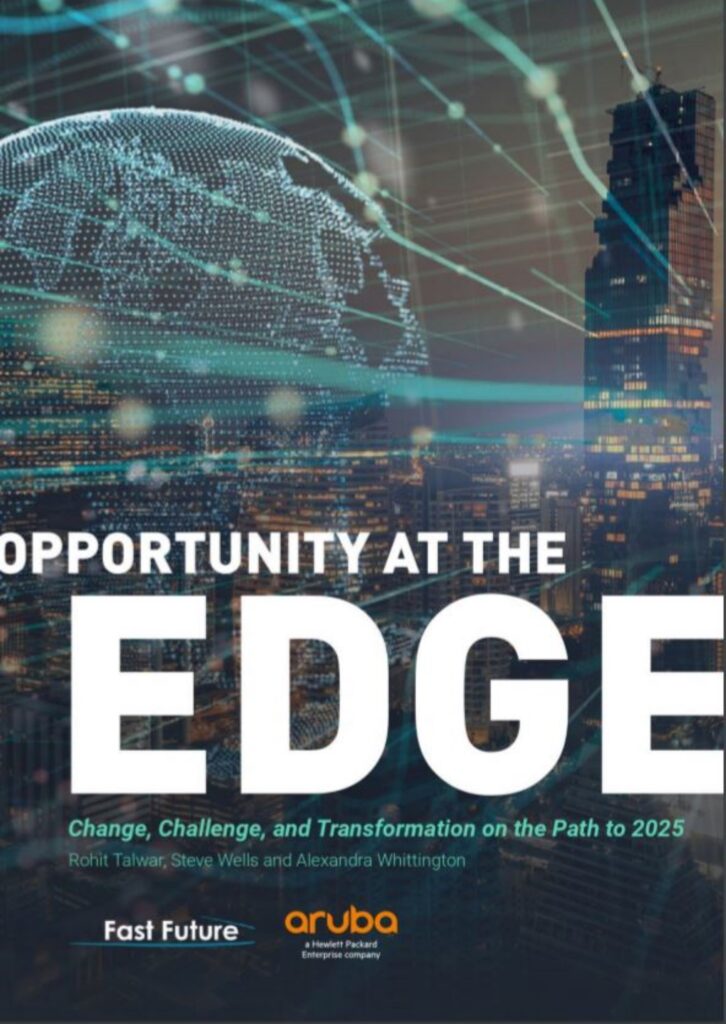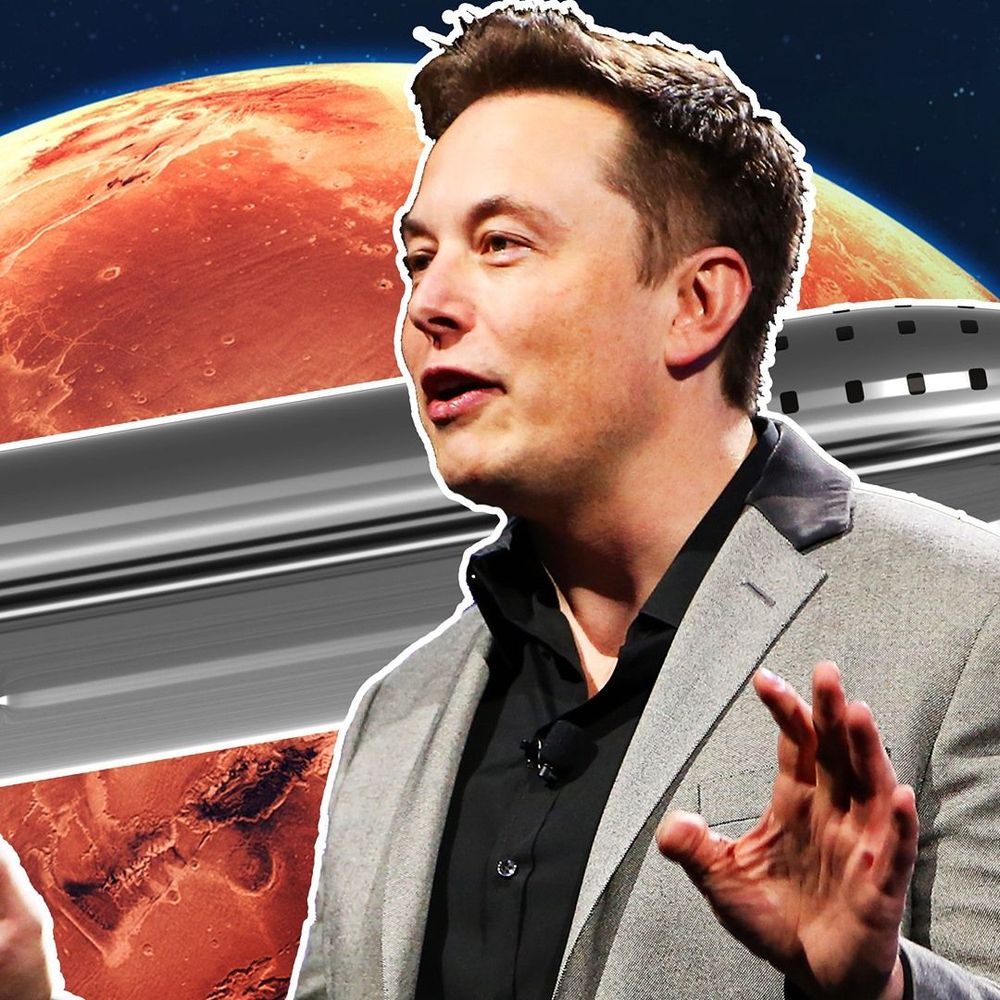Page 8617
Nuclear magnetic resonance (NMR) spectroscopy is one of the most important methods of physicochemical analysis. It can be used to determine precise molecular structures and dynamics. The importance of this method is also evidenced by the recognition of ETH Zurich’s two latest Nobel laureates, Richard Ernst and Kurt Wüthrich, for their contributions to refining the method.
The technique is based on nuclear magnetic resonance, which takes advantage of the fact that certain atomic nuclei interact with a magnetic field. A key factor here is nuclear spin, which can be compared with the spinning of a child’s top. Similar to a top that begins to wobble, a phenomenon called precession, nuclear spins that are exposed to a magnetic field begin to precess. This generates an electromagnetic signal that can be measured using an induction coil.
Jun 25, 2019
Exercise Reverses Age‐Related Decline in NAD+ Salvage Capacity
Posted by Steve Hill in categories: biotech/medical, health
Exercise really does influence how we age, and a new study shows how regular exercise in later life can help offset the decline of NAD+ and NAMPT, two important molecules that facilitate cellular energy production, in skeletal muscle.
NAD+ and mitochondria
The mitochondria are the power stations of the cell and provide the energy that our cells need in order to function. As we age, our mitochondria become increasingly dysfunctional and inefficient, and they produce excessive waste in the form of free radicals, which bounce around the interior of the cell, striking and damaging the cellular machinery within.
Jun 25, 2019
Opportunity at the Edge: Change, Challenge, and Transformation on the Path to 2025
Posted by Alexandra Whittington in categories: computing, internet

The next five years will mark a dramatic enterprise shift toward the edge of networks, where emerging technologies can be harnessed to radically improve user experiences, transform business models, and generate vast revenue opportunities, according to a new book by Fast Future in collaboration with Aruba, a Hewlett Packard Enterprise company.
Opportunity at the Edge: Change, Challenge, and Transformation on the Path to 2025, developed by Fast Future in collaboration with Aruba, reports that edge technologies – those which process and analyze user data where people connect to a network – will revolutionize corporate strategies, create more dynamic, responsive, and personalized customer and employee experiences, enable powerful business and revenue models, and even catalyze the growth of entirely new industries. To unlock these opportunities, the book argues that enterprises must embrace fundamental change, engaging in widespread strategic, structural, and leadership transformation.
Morten Illum, VP EMEA at Aruba, comments: “The findings in this book highlight the vast commercial potential for enterprises utilizing edge technologies, if companies are willing and able to enact the considerable organizational changes needed. The edge represents a dramatic overhaul in how companies understand, service, and meet the needs of their customers and employees. It will be a world defined by dynamic, immediate, and personalized services.”
Key Themes and Findings
Commissioned to explore the scale of possibilities presented by edge technologies in the next 3–5 years, the book features insights from 19 leading global CIOs, technology leaders, industry experts and futurists, and a perspectives survey of 200 future thinkers from across the globe. It explores the edge technologies that are driving change, the use cases and businesses opportunities these are creating, and the ways in which organizations can adapt to take advantage. Key trends that emerged include:
- The edge of the network holds the key to industry transformation: The edge is designed to enable and capitalize on modern digital experiences at the convergence of people, apps, and things – allowing customer and ecosystem partners to take these actionable insights to then create “experiences” for employees and customers. This is making it possible for businesses and organizations in various industries to leverage data and insights from the edge to deliver new and immersive experiences to consumers and end customers. It is driving sectors from education and retail to healthcare and hospitality to rethink how they act today. New types of experiences such as location-aware mobile engagement, digitally assisted patient care, and user-aware meeting rooms can give organizations a competitive advantage.
- At least one-third of businesses will create edge-enabled mainstream personalization by 2025: The study shows that a clear majority (67%) of respondents believe at least 30% of businesses will be using the edge to create “mainstream personalization” in the next five years. From the classroom to the office, retail stores, and major event venues, edge technologies will enable personalized service delivery that meets growing user expectations of an immediate, customized experience.
- New benefits from the edge will be realized: Other benefits arising include localized products, services, and pricing (52% of respondents), enhanced real-time market insight (50%), improved customer and user satisfaction (48%), and faster product and service innovation (47%).
Opportunities at the Edge
The edge will create transformative business opportunities for industries across the economy, using data to understand customers and tailor services to their needs, such as:
- A retailer that can provide custom-made clothing, fitted to your 3D hologram, as the industry evolves to provide an anywhere and everywhere experience;
- A classroom environment that automatically adapts to each student’s comprehension and comfort level, as schools and colleges harness edge technologies to enhance student performance, confidence, and mental wellbeing;
- A hospital that uses IoT monitoring sensors to provide continuous patient reporting at the point of care and real-time diagnosis, enhancing the ability of healthcare professionals to deliver efficient and effective care;
- A workplace with always-on tools, enabling collaboration from any device around the world, as offices evolve to facilitate the same level of access and functionality for employees anywhere in the world.
These shifts will be underpinned by emerging business and revenue models, such as payment by facial recognition or biometrics (highlighted by 70% of survey respondents), commercial application of customer data accumulated via the IoT (67%), hyper-personalized instant offers (63%), demand-driven and location-specific pricing (55%), and subscription models for everyday purchases such as food and clothing (52%).
How Enterprises Must Adapt to Take Advantage
While the opportunities of the edge are considerable, relatively few companies have moved quickly to embrace them. Simply implementing the technologies will not be enough; companies must rethink their entire business strategy to take advantage of edge opportunities. The book outlines several key changes for enterprises to consider, including:
- Embrace a more progressive, experimental approach: A majority of survey respondents said that a change in business mindset was needed to embrace the concept of edge strategies (64%). This could include accepting autonomous decision-making by edge devices (60%), greater top-level support and leadership for the pursuit of driving smarter experiences (53%), and a willingness to experiment with solution design and business models for edge applications (53%).
- Focus on investment, training, and customer need: There were also calls to more clearly define the customer benefits of edge applications (50%), allocate appropriate investment funds (42%), and provide training in how to spot and specify potential edge applications (45%).
- Address emerging security concerns: Enterprises must address the security challenges of a network hosting many more connected devices. These include the creation of potentially thousands of points of risk exposure across the network (82%), uncertainty over whether a device has been compromised (67%), hacking of voice or biometric security (62%), and concerns that IoT devices and sensors are not being built with security in mind (62%).
Rohit Talwar, CEO at Fast Future, comments: “To access the opportunities of the edge, companies need a mindset shift to drive both structural and strategic change. Leaders must take responsibility for navigating the journey to the edge, working hand in hand with IT to pursue open technology options, and maintaining a consistent dialogue with employees, customers, and other key stakeholders. Focused experiments, with clearly defined goals, proactive project owners, and dedicated resources, are likely to be the best way forward.”
Morten Illum, VP EMEA at Aruba, concludes: “Enterprises should be excited about the edge opportunity, but they should not underestimate the degree of change needed to unlock it – including the implementation of a network infrastructure that is strong and flexible enough to withstand the greater demands edge technologies impose, and the security threats they create. Given the pace and uncertainty of the change ahead, it is also essential to base any edge strategy on an open technology ecosystem that leaves flexibility to adapt and evolve over time.”
To read the full book, visit www.arubanetworks.com/ebook/opportunity-at-the-edge/
Research methodology
The research was commissioned by Aruba, a Hewlett Packard Enterprise company, and conducted in 2019 by Fast Future. The study used a blended approach drawing on Fast Future’s foresight expertise, targeted secondary research, and in-depth qualitative interviews with 19 global CIOs, technology leaders, industry experts, and futurist thought leaders. The project also undertook a broad survey to test emerging ideas and incorporate additional perspectives from 200 business and technology future thinkers across Fast Future’s global networks.
About Fast Future
Fast Future is a professional foresight and publishing firm, specializing in delivering research, keynote speeches, executive education, and consulting on the emerging future and the impacts of technology-driven change for global clients. Fast Future publishes books from leading future thinkers around the world, exploring how developments such as the Internet of Things, edge technologies, AI, robotics, and other exponential technologies and disruptive thinking could impact individuals, societies, businesses, and governments and create the trillion-dollar sectors of the future. Fast Future has a particular focus on ensuring these advances are harnessed to unleash individual potential and enable a very human future.
To learn more, visit Fast Future at www.fastfuture.com, or follow on Twitter, Facebook and LinkedIn.
STOP. THINK. REFLECT. S Science has made it abundantly clear that the world around us is an extremely dynamic place, and the secret of our existence – the secret of life itself – is change: All living organisms must either adapt to the changes taking place around them or perish. Science has also…
Jun 25, 2019
SpaceX Will Put Internet Connection On Mars, Elon Musk Confirms
Posted by Klaus Baldauf in categories: Elon Musk, internet, space travel
Mars has to have its own internet because no one’s going to wait 20 minutes for a download.
Jun 25, 2019
The highest-energy light ever seen hails from the Crab Nebula
Posted by Genevieve Klien in categories: cosmology, particle physics
Physicists have spotted the highest-energy light ever seen. It emanated from the roiling remains left behind when a star exploded.
This light made its way to Earth from the Crab Nebula, a remnant of a stellar explosion, or supernova, about 6,500 light-years away in the Milky Way. The Tibet AS-gamma experiment caught multiple particles of light — or photons — from the nebula with energies higher than 100 trillion electron volts, researchers report in a study accepted in Physical Review Letters. Visible light, for comparison, has just a few electron volts of energy.“This energy regime has not been accessible before,” says astrophysicist Petra Huentemeyer of Michigan Technological University in Houghton, who was not involved with the research. For physicists who study this high-energy light, known as gamma rays, “it’s an exciting time,” she says.
Jun 25, 2019
SpaceX Plans To Build A Multibillion-dollar Mars Rocket
Posted by Alberto Lao in categories: Elon Musk, space travel
Jun 25, 2019
A Sperm Bank in Space May Help Populate Mars One Day
Posted by Klaus Baldauf in category: space travel
Research find that frozen sperm is unaffected by microgravity and can survive spaceflight.

https://www.youtube.com/watch?v=R61whg2Udo4&feature=share
A lil bit of everything from overpopulation to growing interest. Aubrey says a 50% chance in 15 to 20 years but he is planning human trials starting in 2021.
















